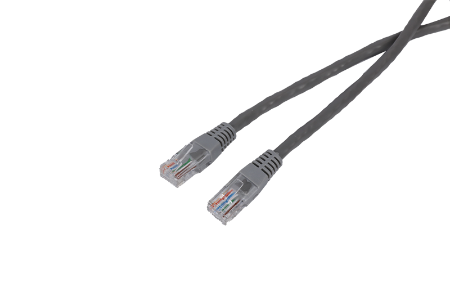Summary:The modern world runs on electricity, and this is only possible through a complex network of cables. Among these are power and control cables.Whether
The modern world runs on electricity, and this is only possible through a complex network of cables. Among these are power and control cables.Whether you're working in an industrial setting or a residential one, it is important to understand the difference between these two types of cables. They differ in design, construction, and usage.Low voltage electrical control cables are used in industrial installations for controlling large motors or other equipment. They are also used to transmit power and control signals in a variety of commercial and residential applications.They can be made of a variety of materials, including PVC and XLPE. They also have a number of features that make them an excellent choice for a variety of different applications.These features include high dielectric strength, high insulating resistance, and low conduction loss. They can also withstand heavy handling and resist moisture, which is important for use in outdoor environments.

In addition to allowing for power and control signal transmission, low voltage cables are often designed to be redundant, meaning that they can easily be replaced in the event of a power outage. This helps protect equipment that relies on low voltage wiring, such as security systems or alarms.Medium voltage electrical control cables are used for distributing energy between a power grid and a building installation. They are not used for supra-regional electricity exchange and are usually positioned within the transformer station of larger electricity customers, such as industrial companies, hospitals, large swimming pools, and larger broadcasting towers.Medium-voltage cables have a high voltage and complex structure, and require professional quality and skills in their construction and installation. However, once these aspects are neglected, hidden problems can contaminate the normal operation of the system and lead to failures.
There are a variety of medium-voltage power cables on the market, all with copper or aluminium conductors and designed to meet national and international standards. The cables are suitable for indoor and outdoor use, in cable ducts and underground. They are also suitable for fixed installation on cable trays in industrial buildings, switch-boards and power stations.If you’re in an industrial setting and need to supply power to equipment that has a rating of 1,000 volts AC or more, you’ll need a high-voltage electrical control cable. This type of cable is used to transfer the electricity directly from the power distribution point to different appliances and equipment in the building.The cables for this purpose are made up of a conductor, apt insulation and a jacket for protection. They are commonly rated at a voltage of 2,000 volts or more and come with conductive shields that help equalise the stress on each insulator conductor.
If the cable is designed properly, it can withstand the effects of high-voltage stress and ozone produced by electric discharges in the air. This makes it more durable and reliable for a long time. If it needs repairs or maintenance, you should seek the help of an expert in the field. This will ensure that you don’t encounter any issues down the line.A thin wire electrical control cable is made of a series of fine wires that are covered with an insulating material. They are commonly used in industrial applications, such as machine tools and appliances.A wire can be a single conductor or multiple wires bundled together, and it can be either solid or stranded. A solid conductor is preferred because it offers better connections, but stranded wires are easier to route through conduits.There are many types of thin wire available, ranging from 1 to 14 AWGs. The gauge of a wire determines how much electricity it can carry and the amount of heat it can dissipate.The most common building wire is THHN (thermoplastic high heat-resistant nylon coated) and THWN (thermoplastic high heat-resistant Nylon). They are approved for up to 600V, and they perform well up to 90degC in dry conditions and 75degC in wet conditions.
